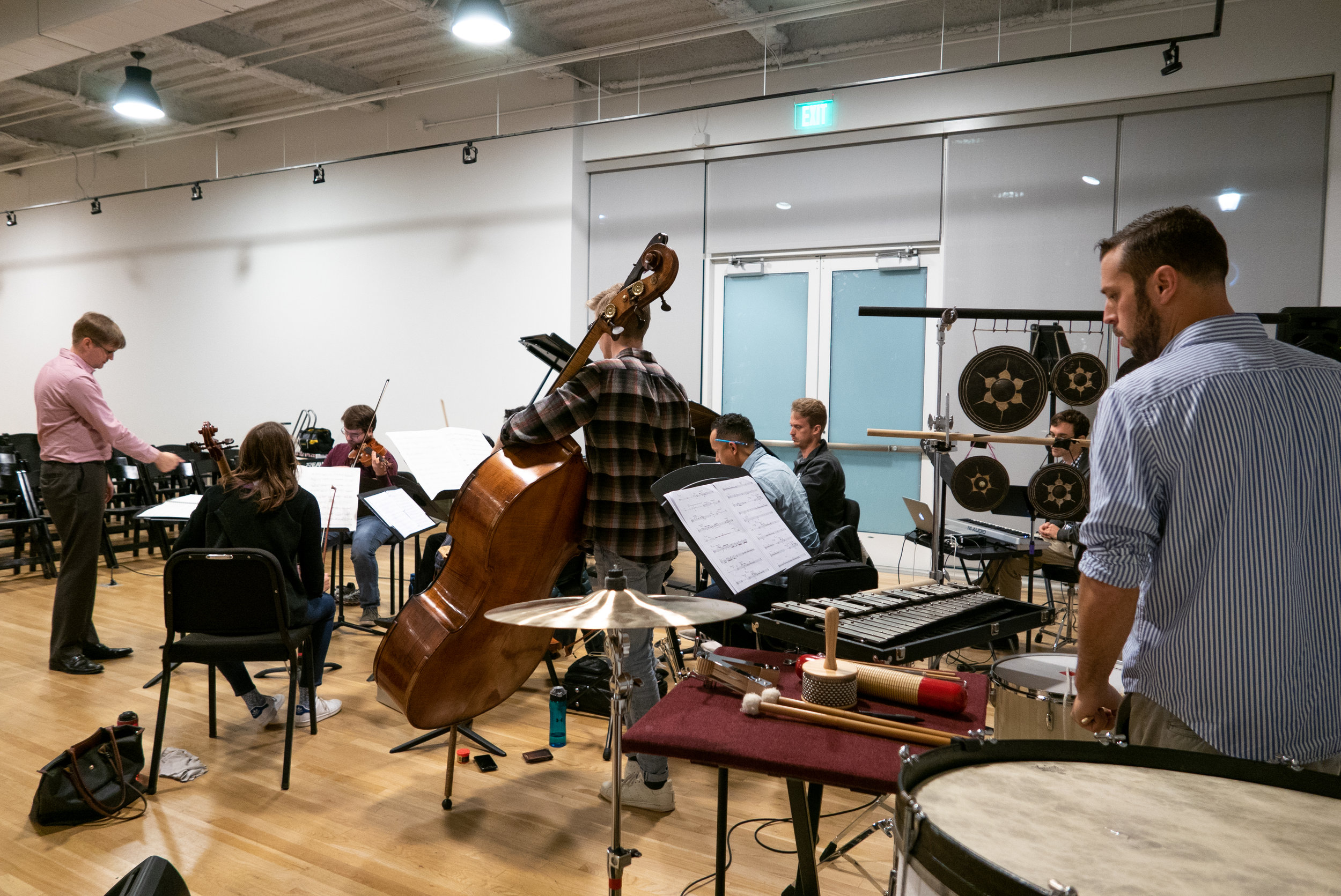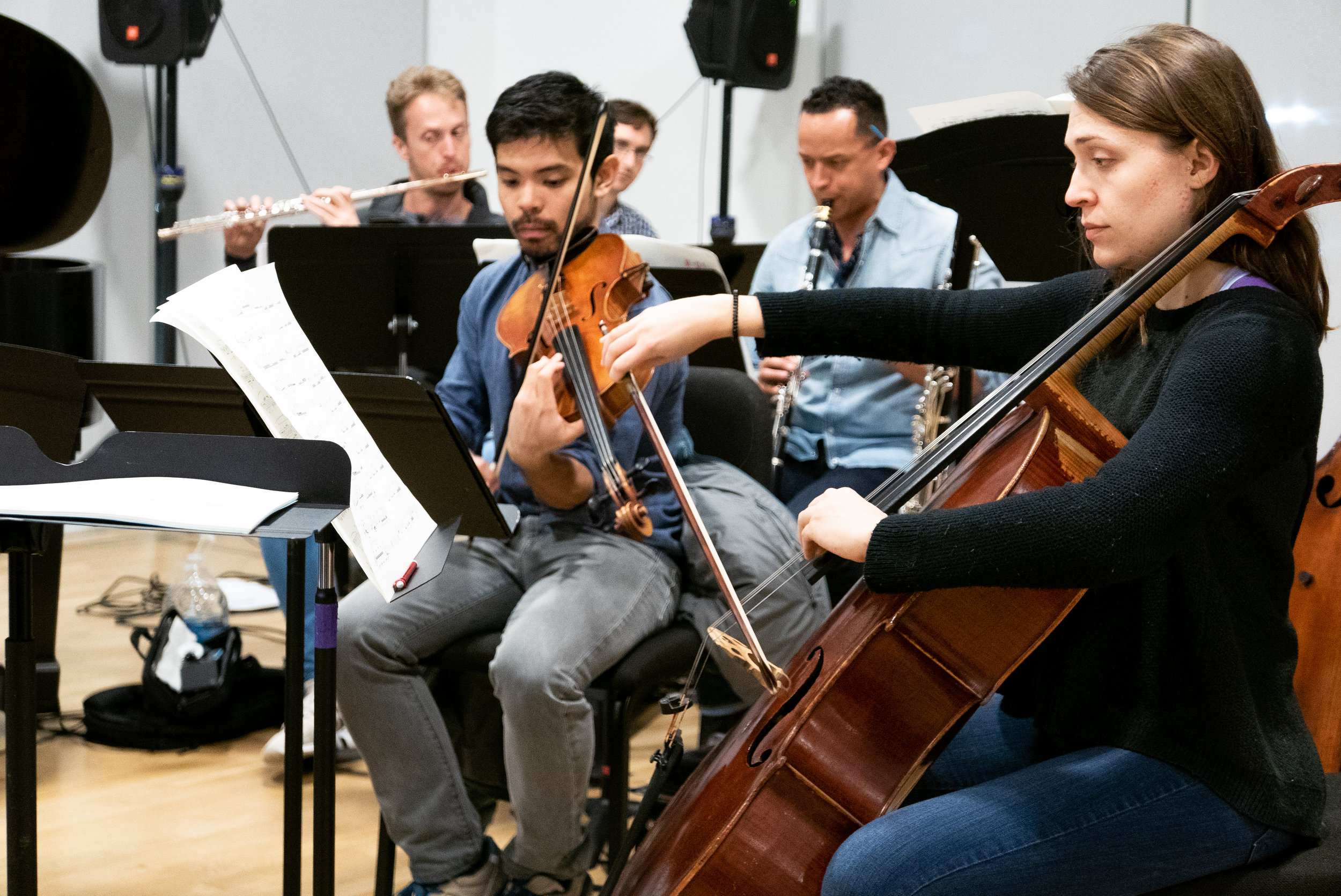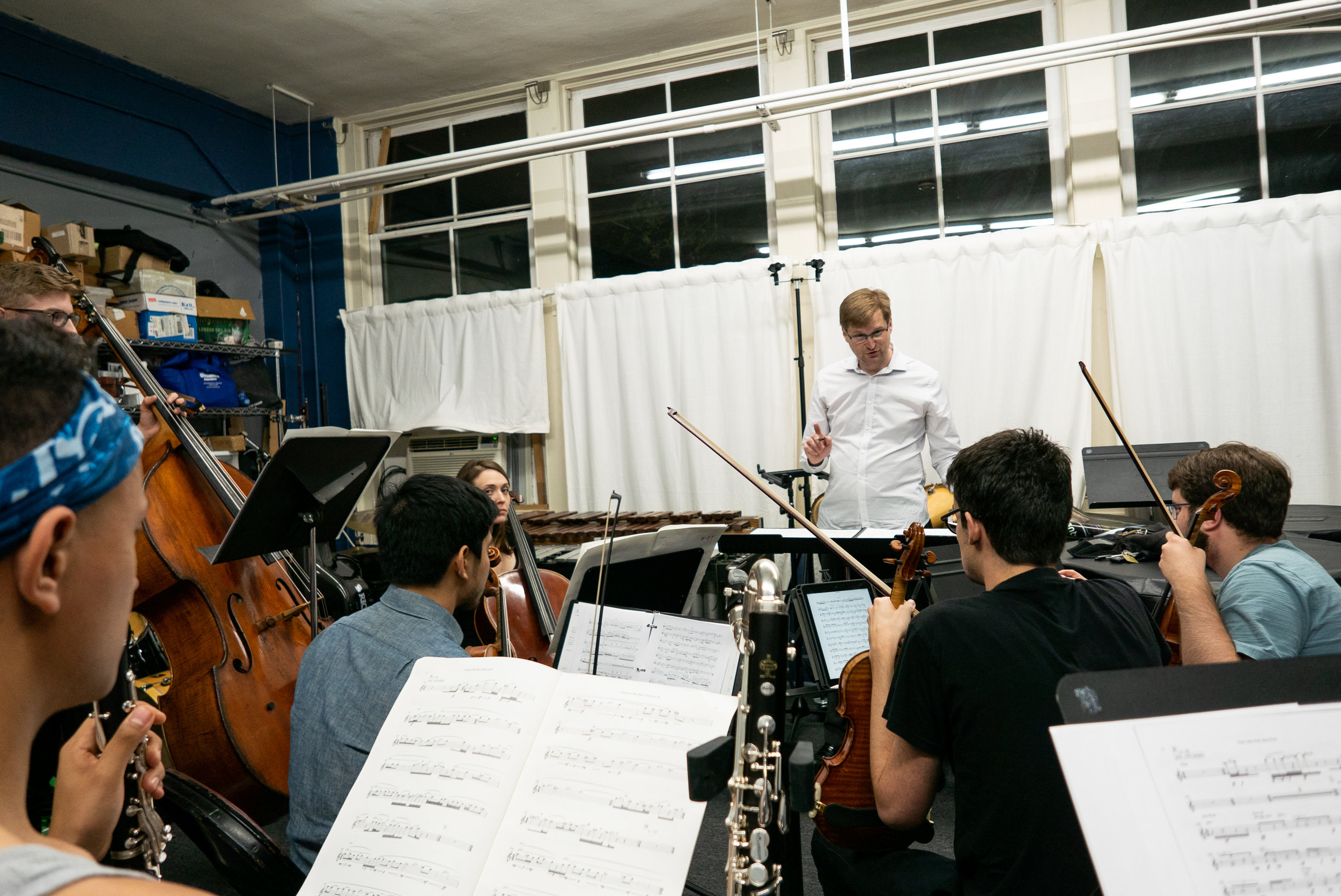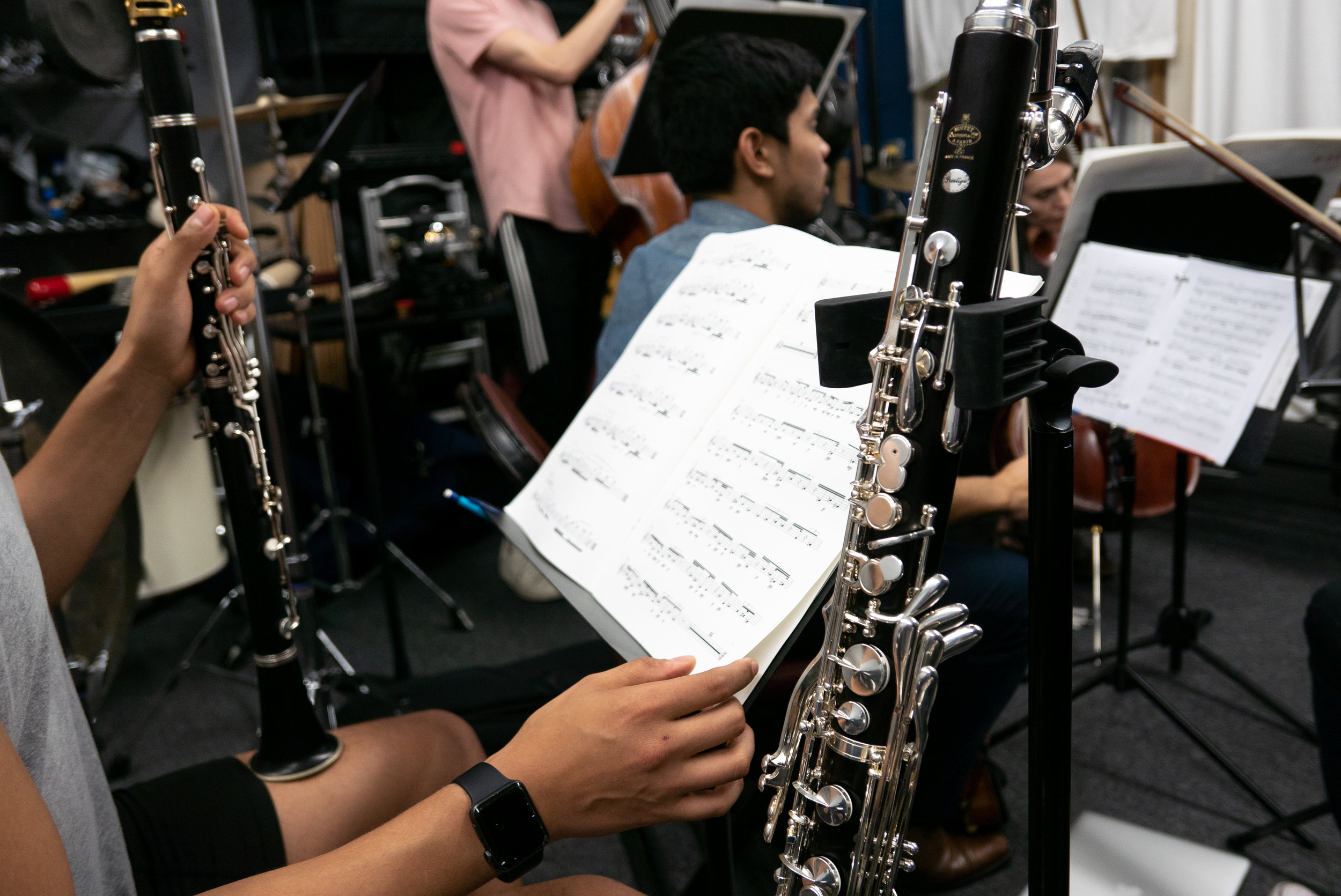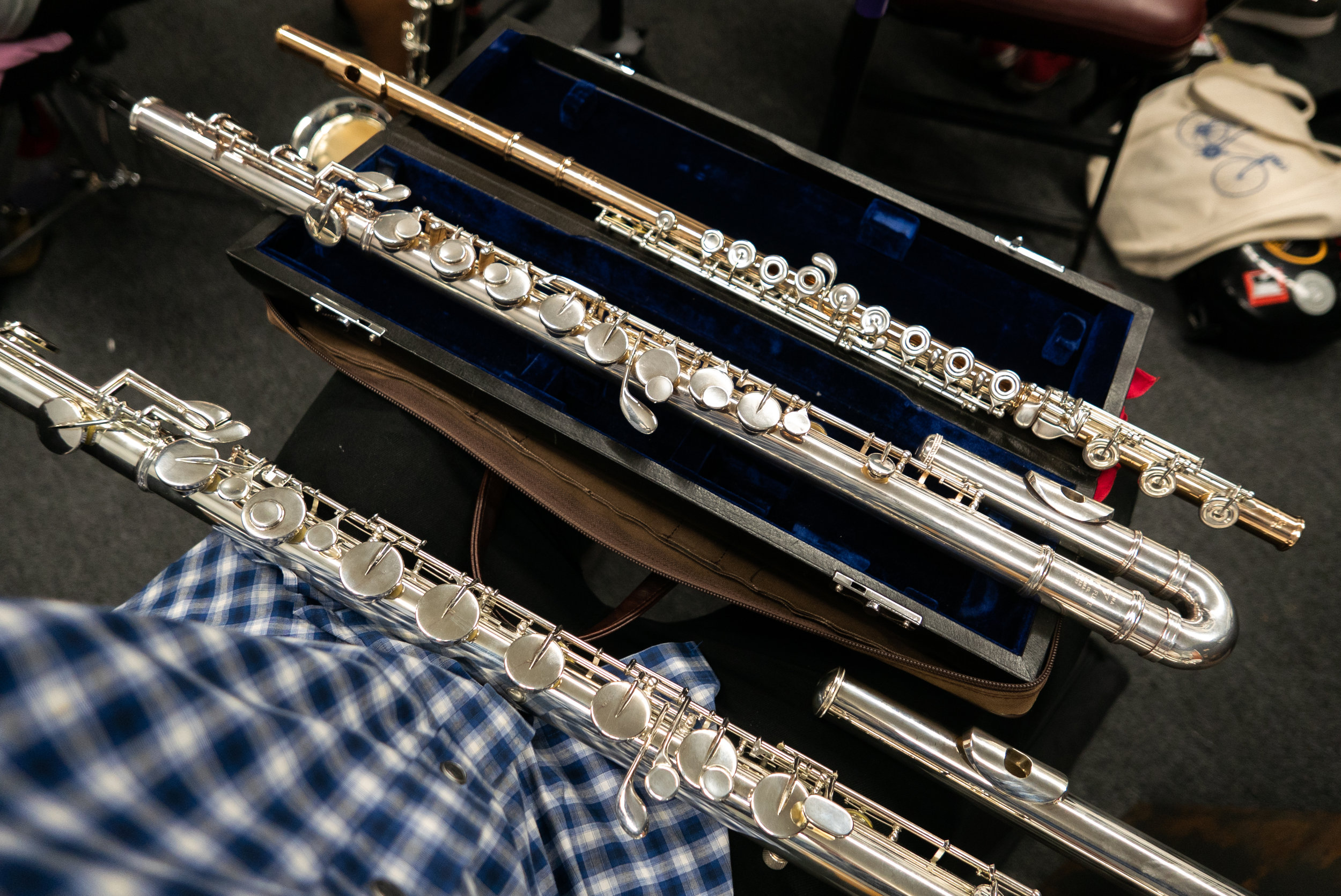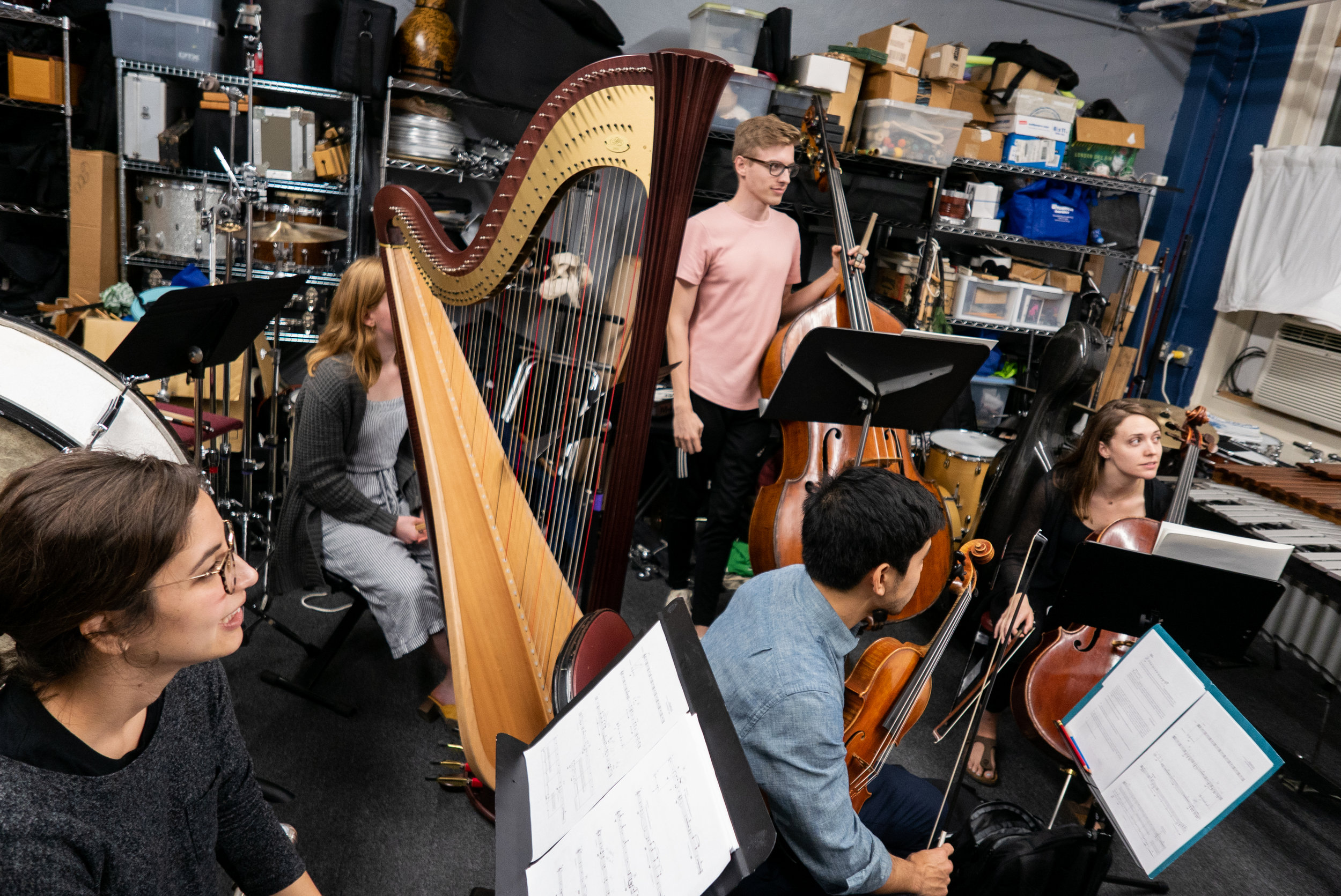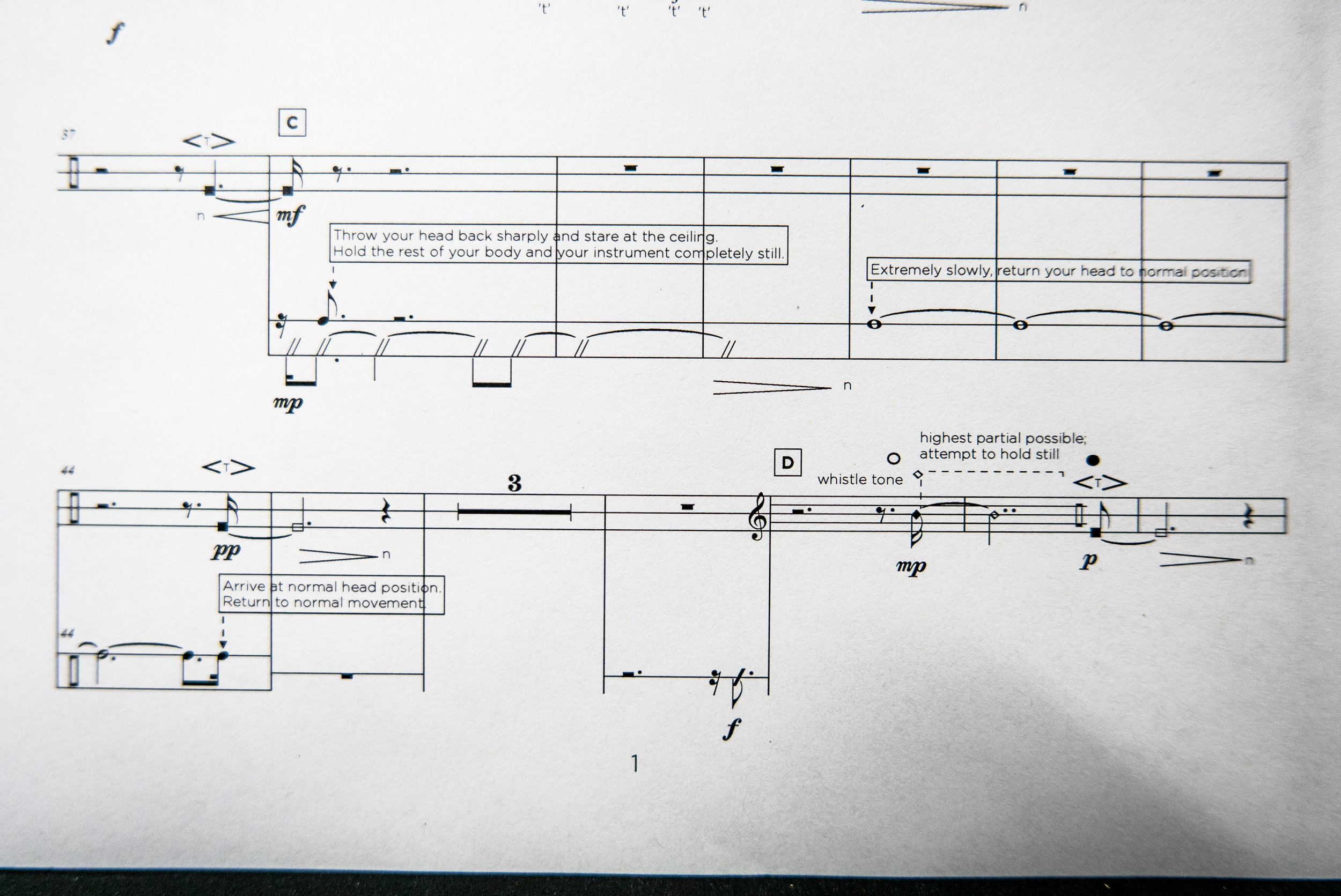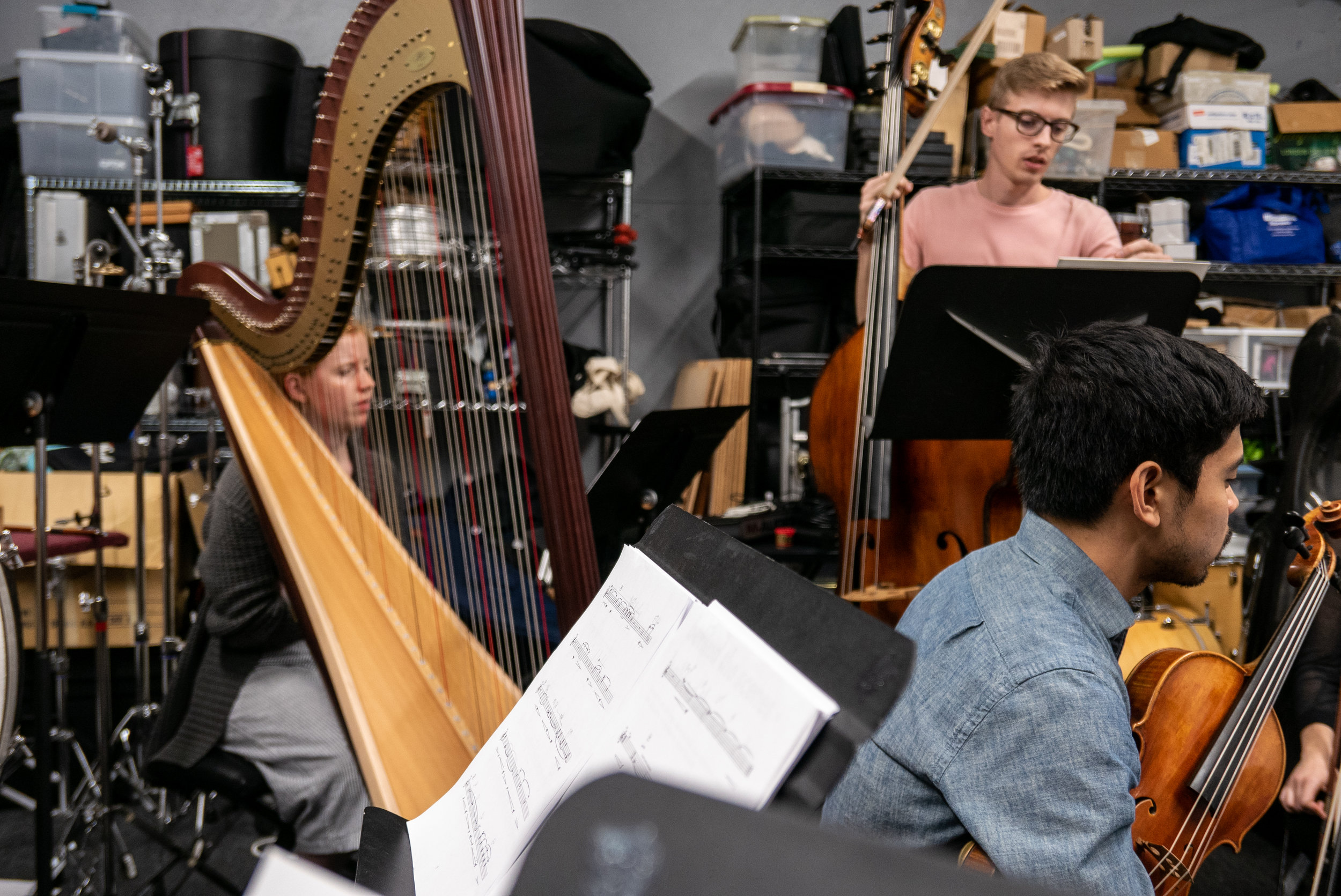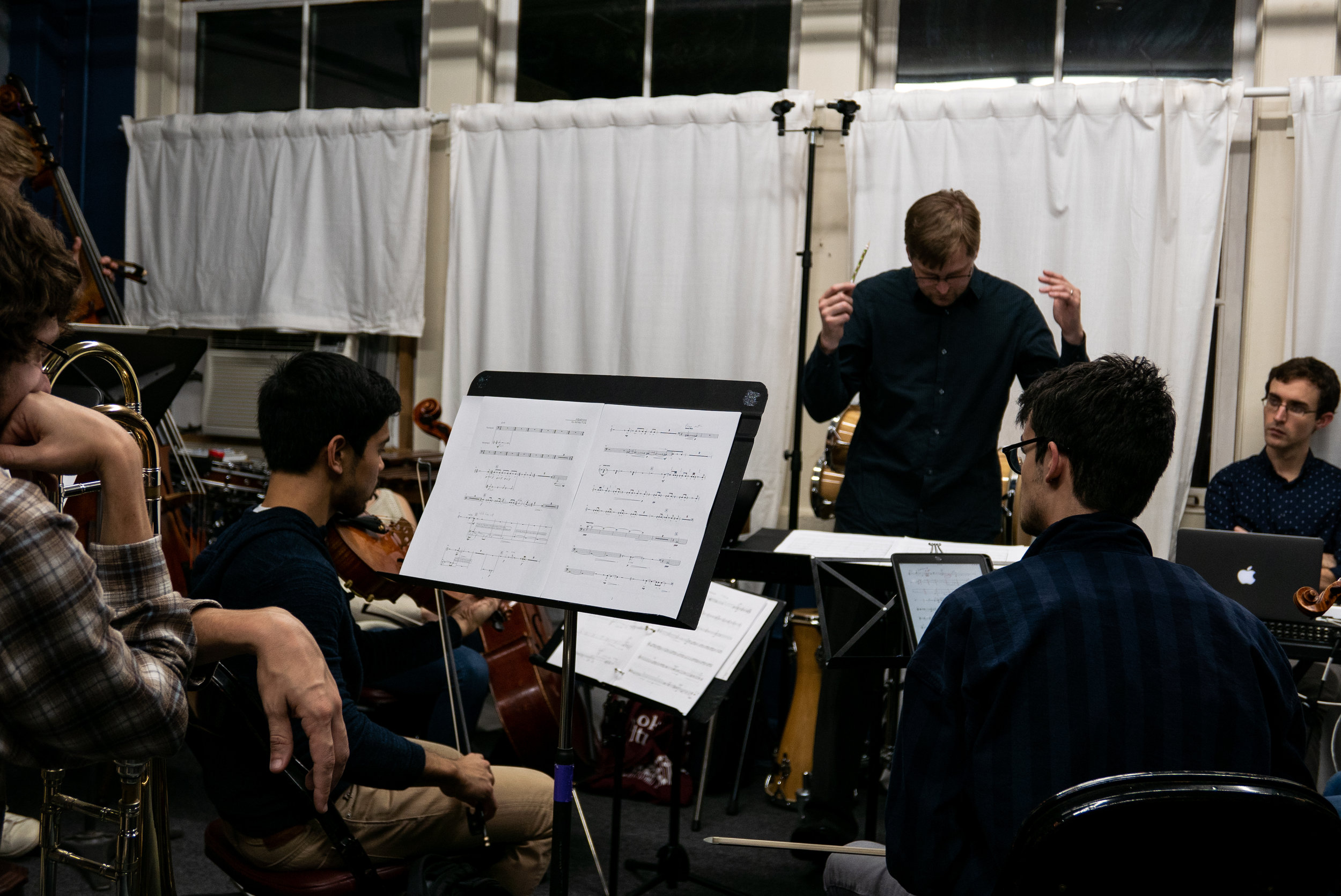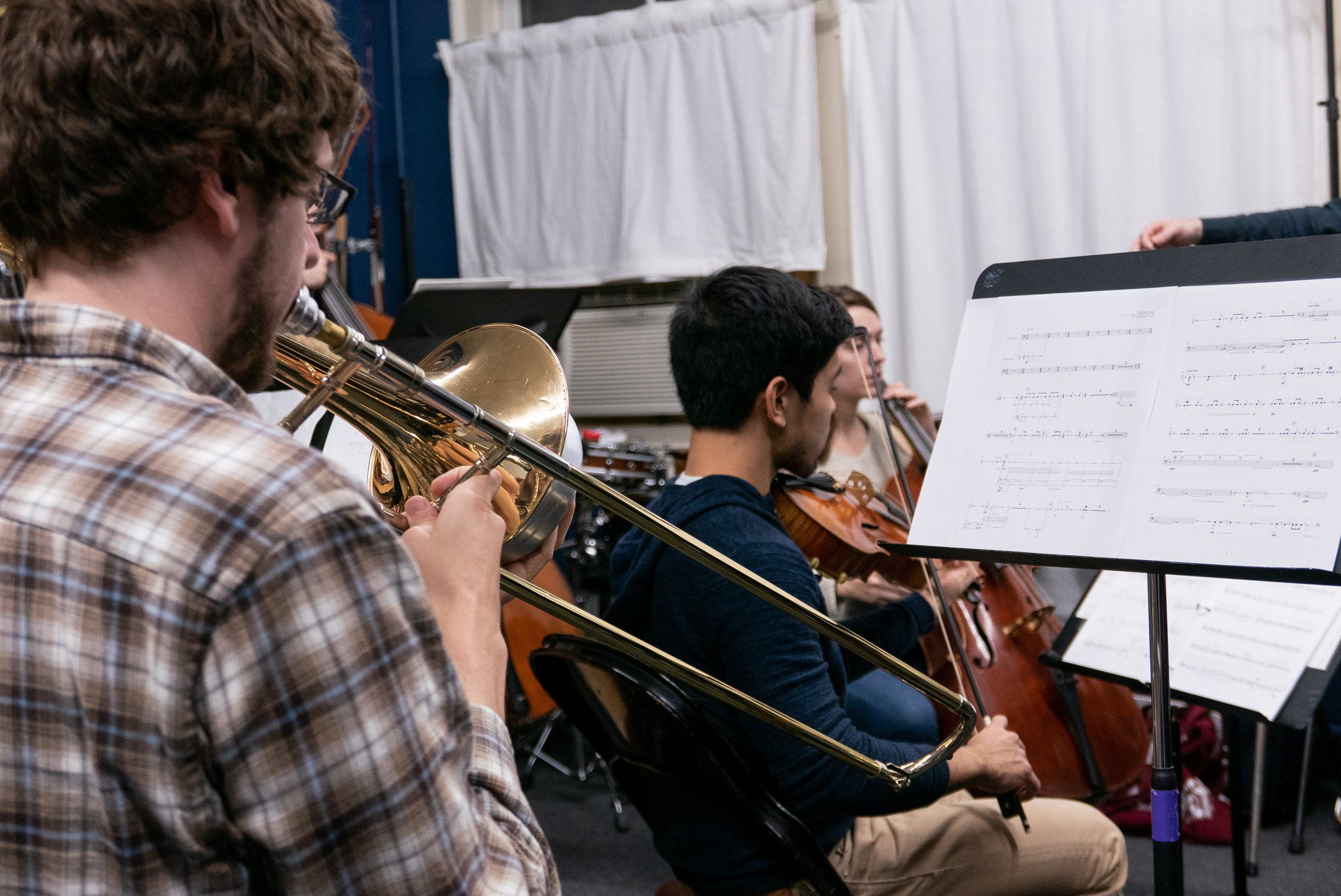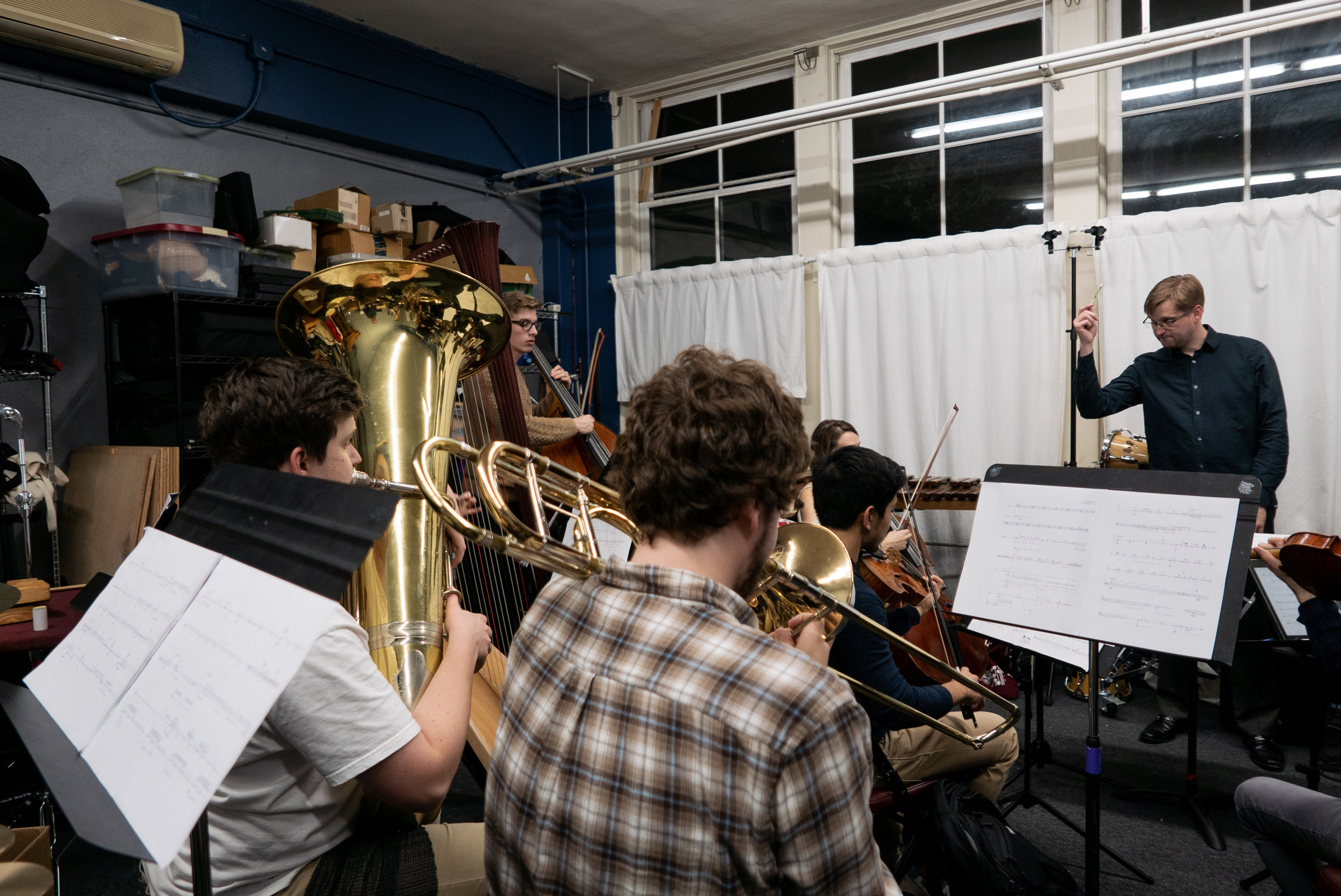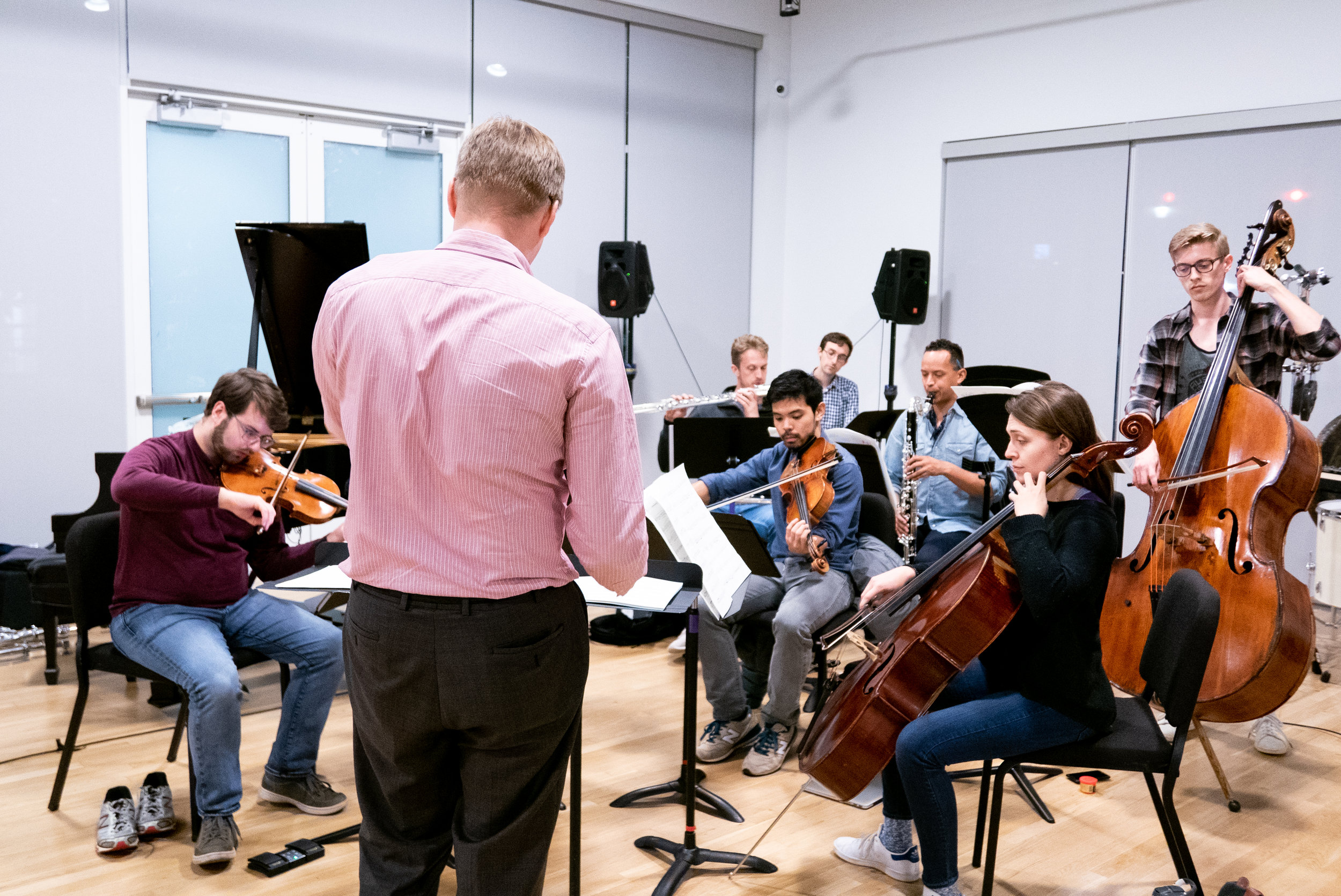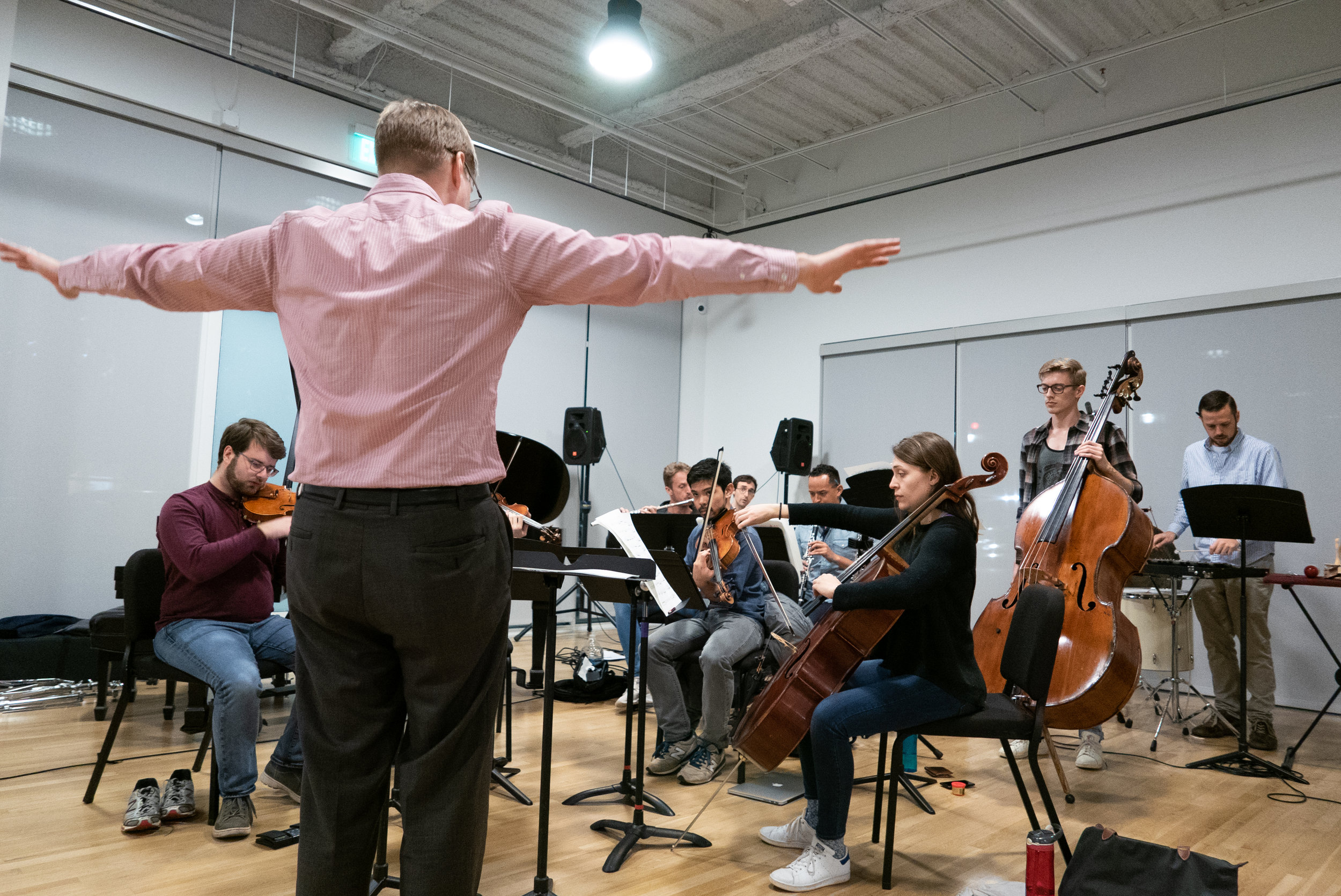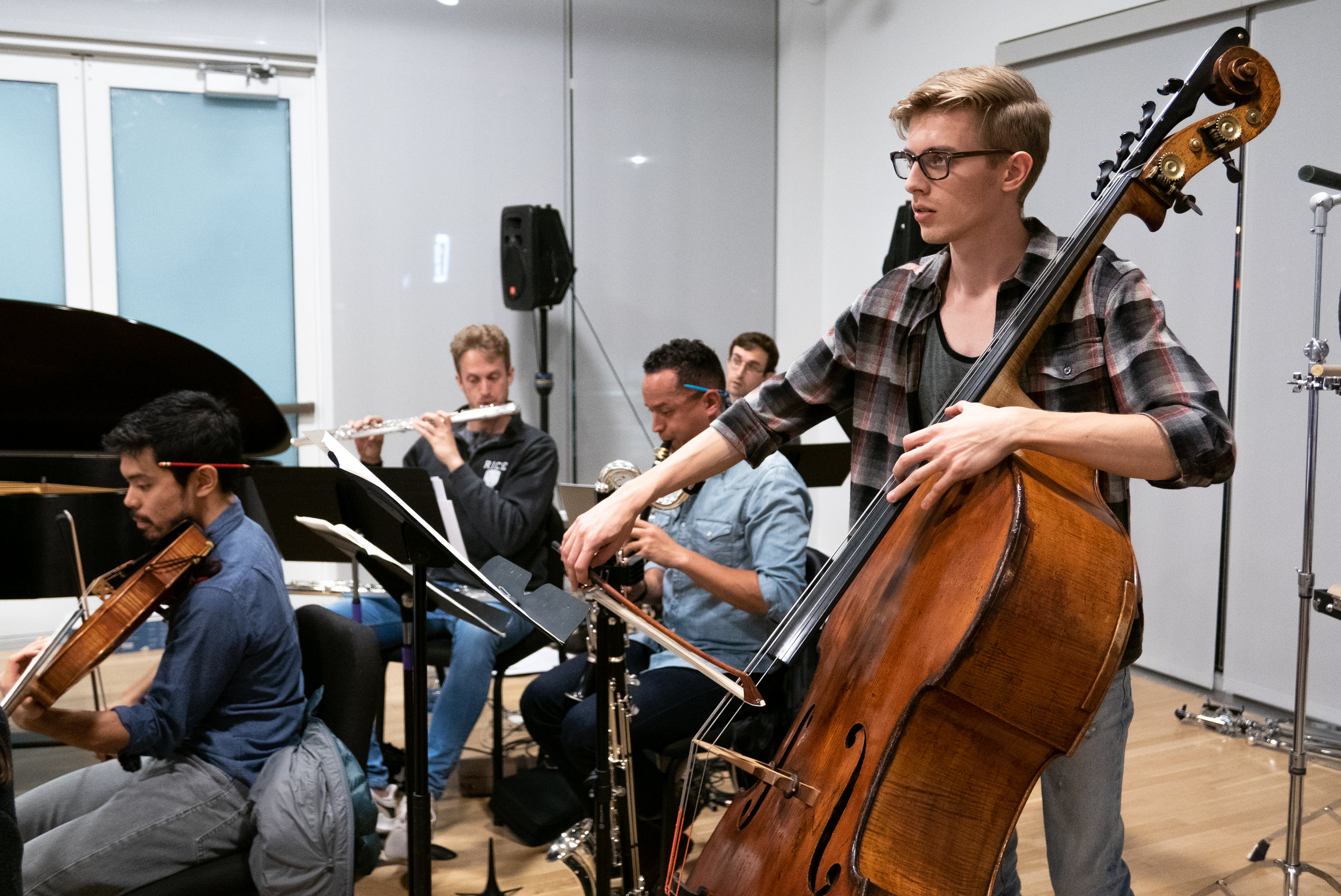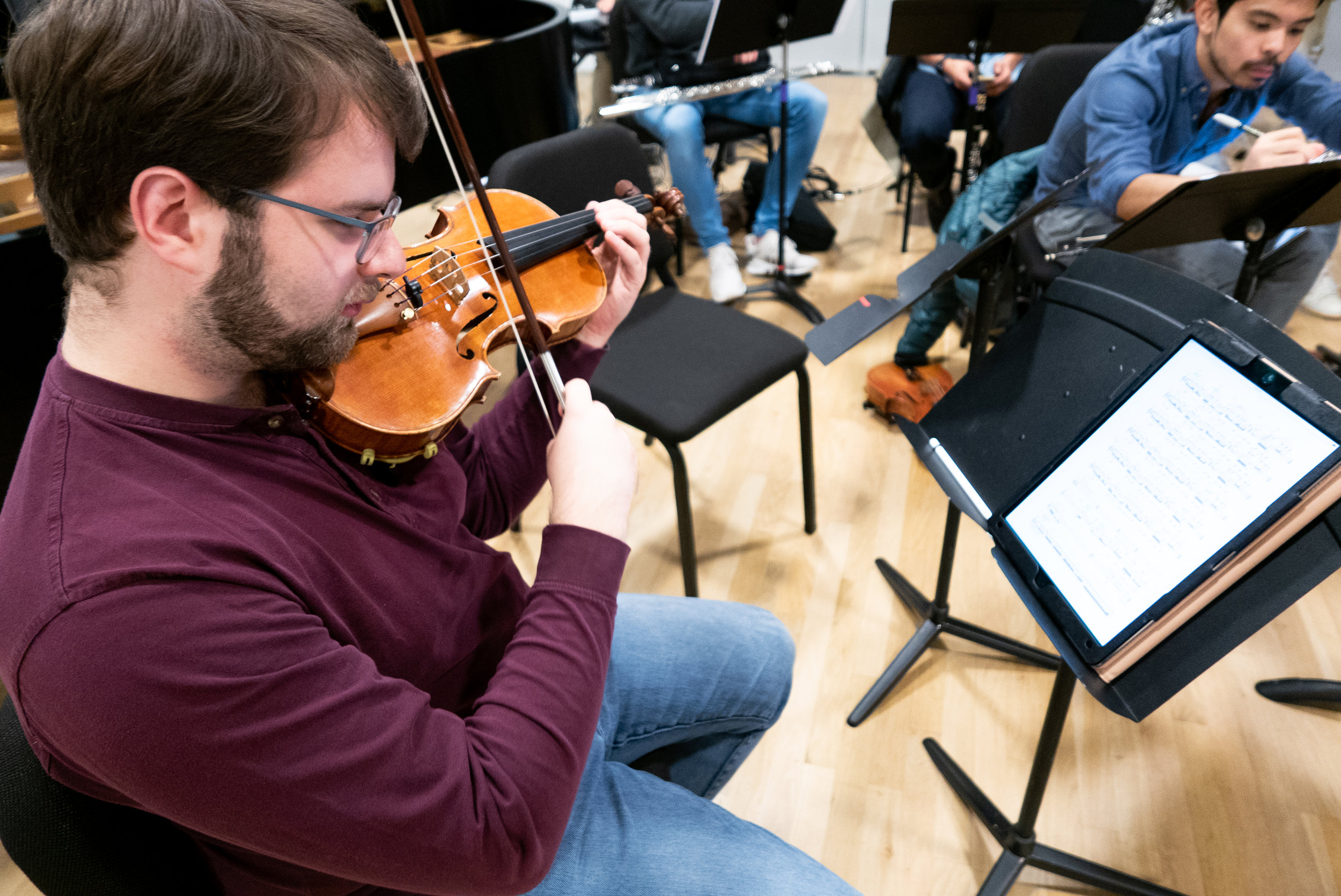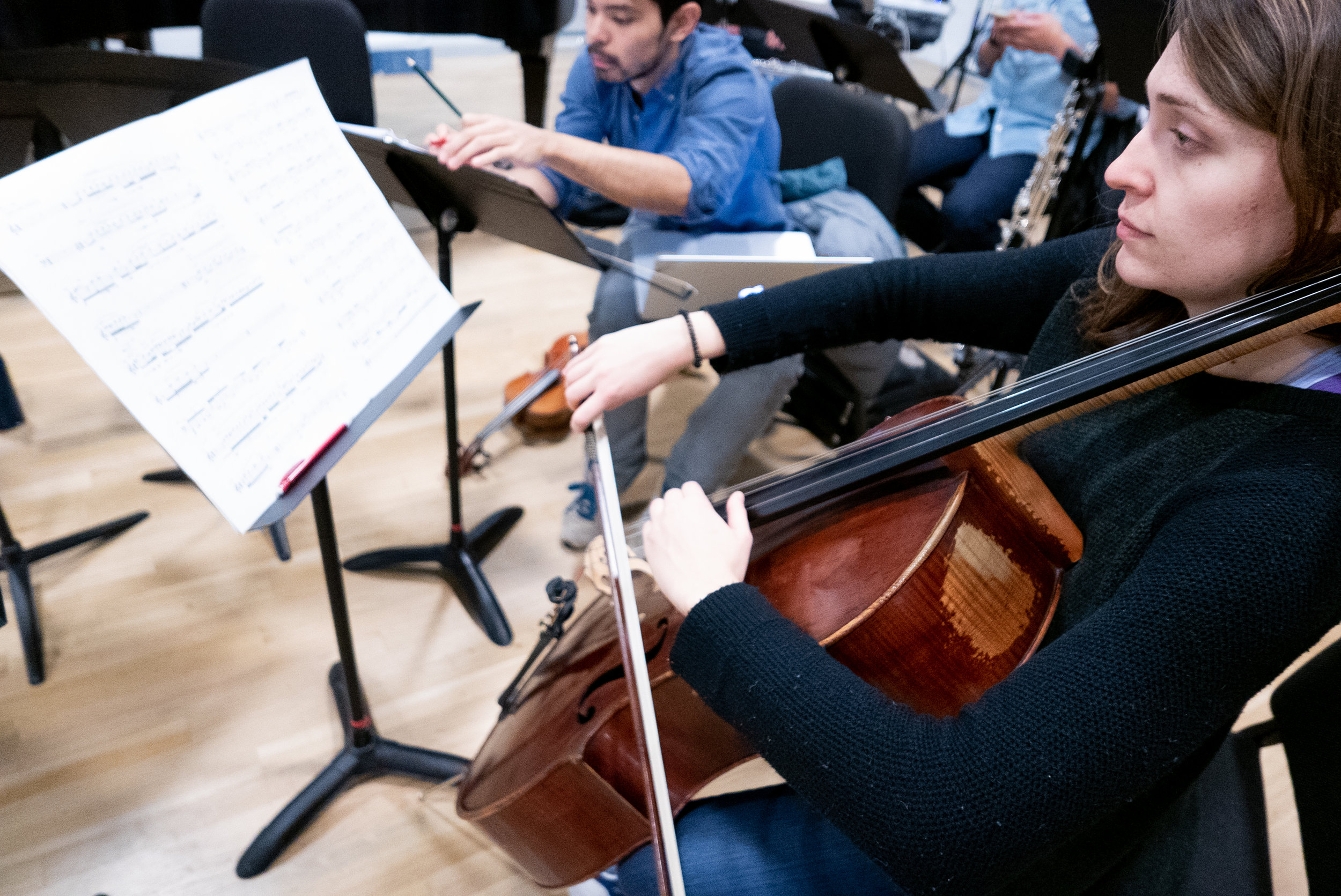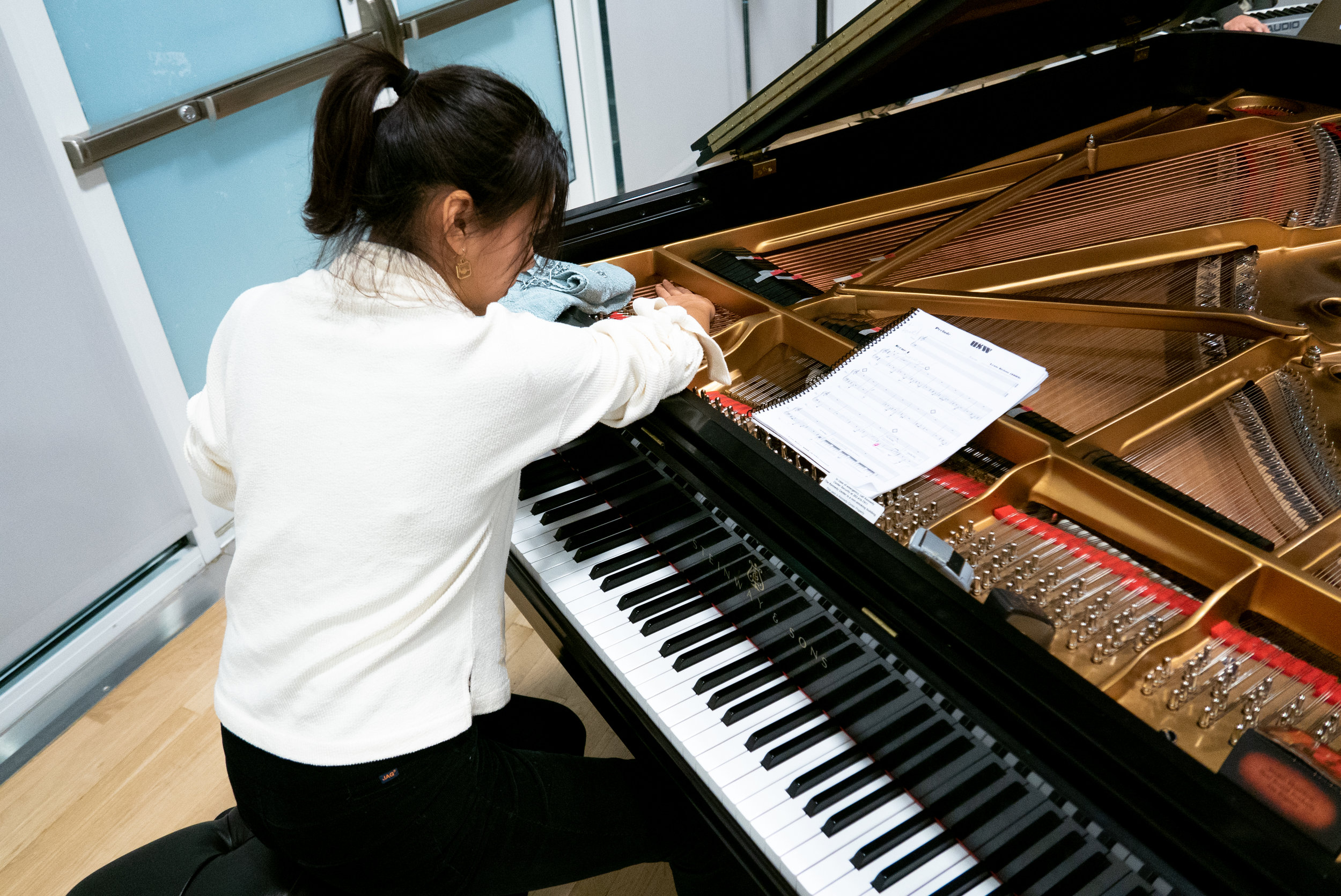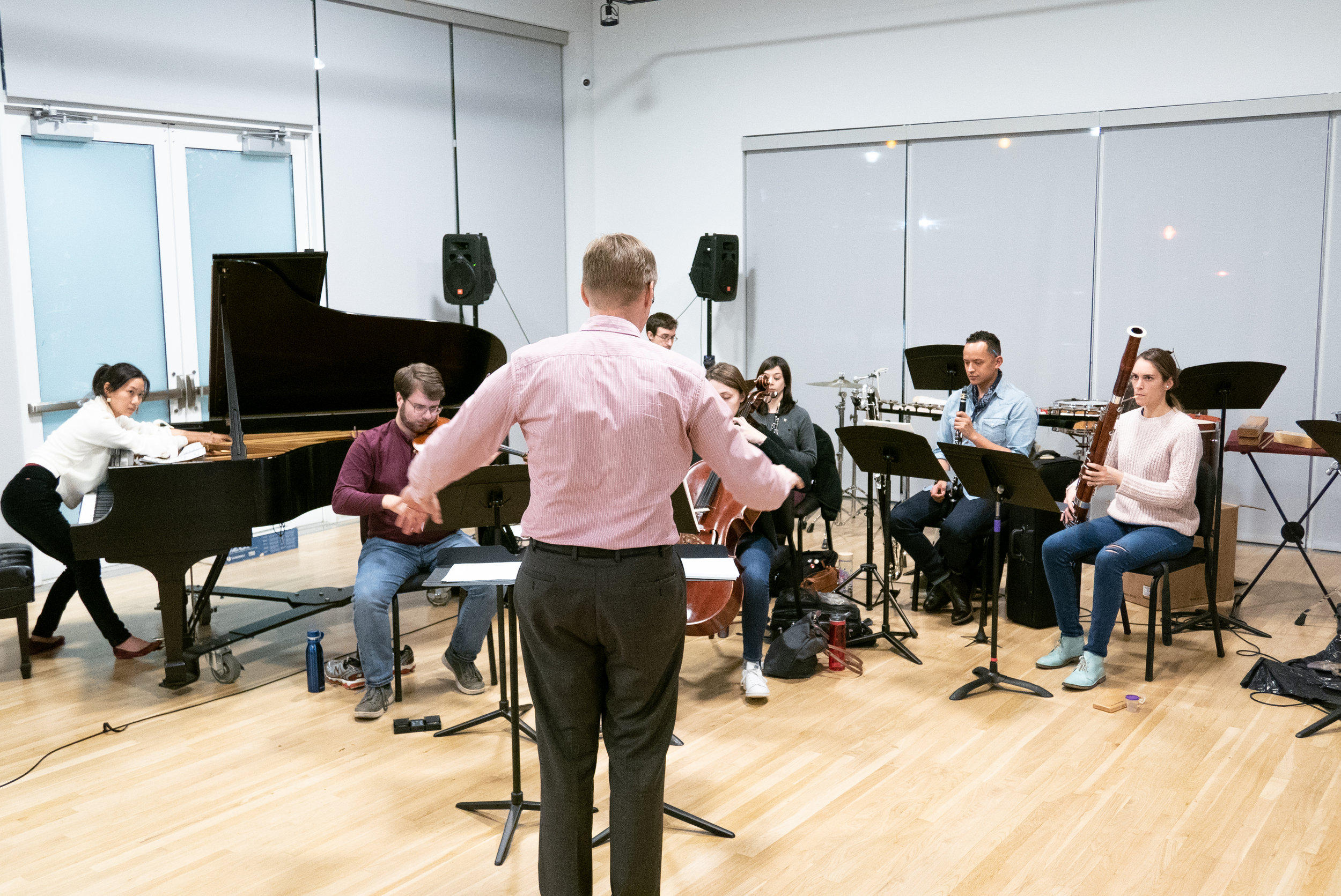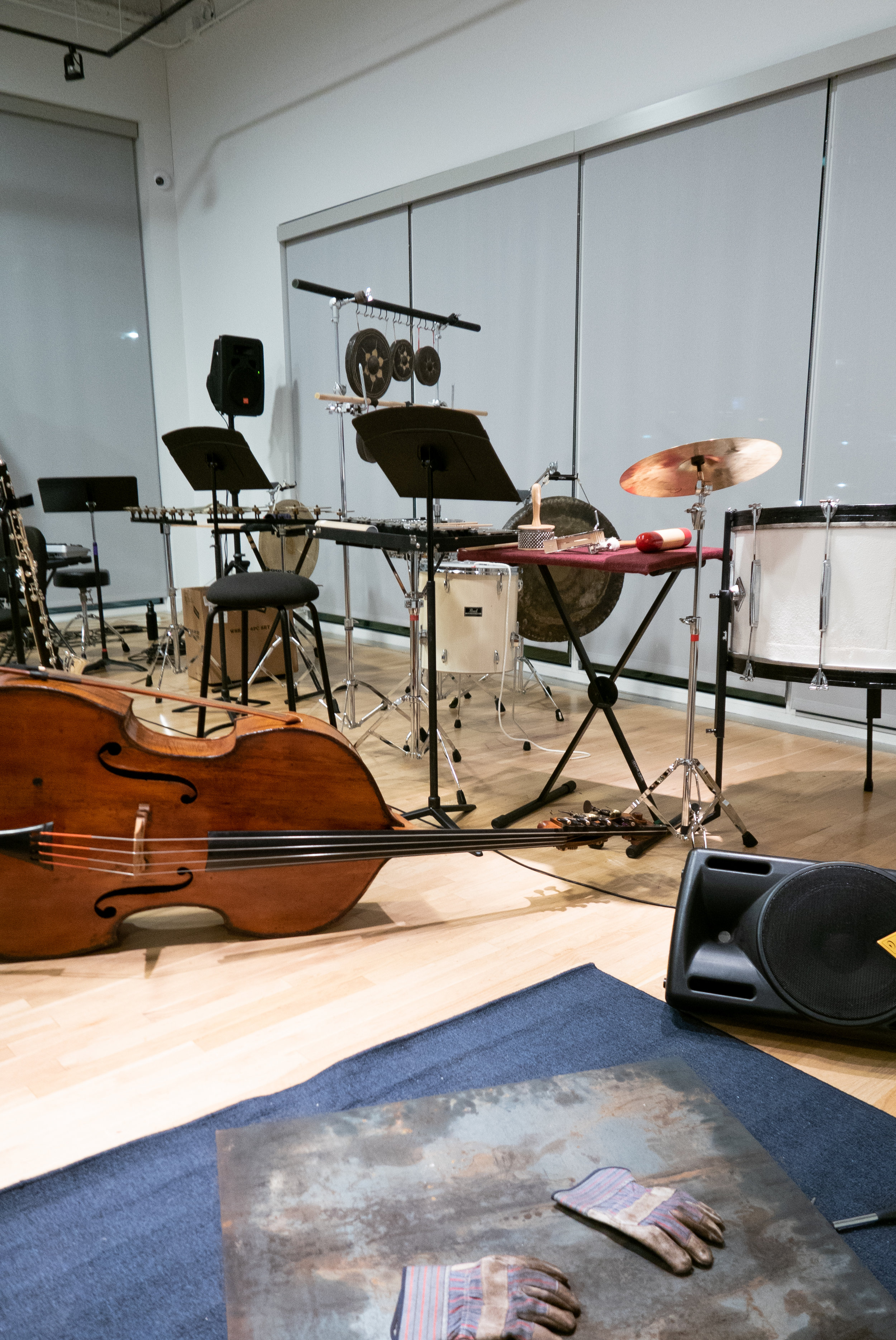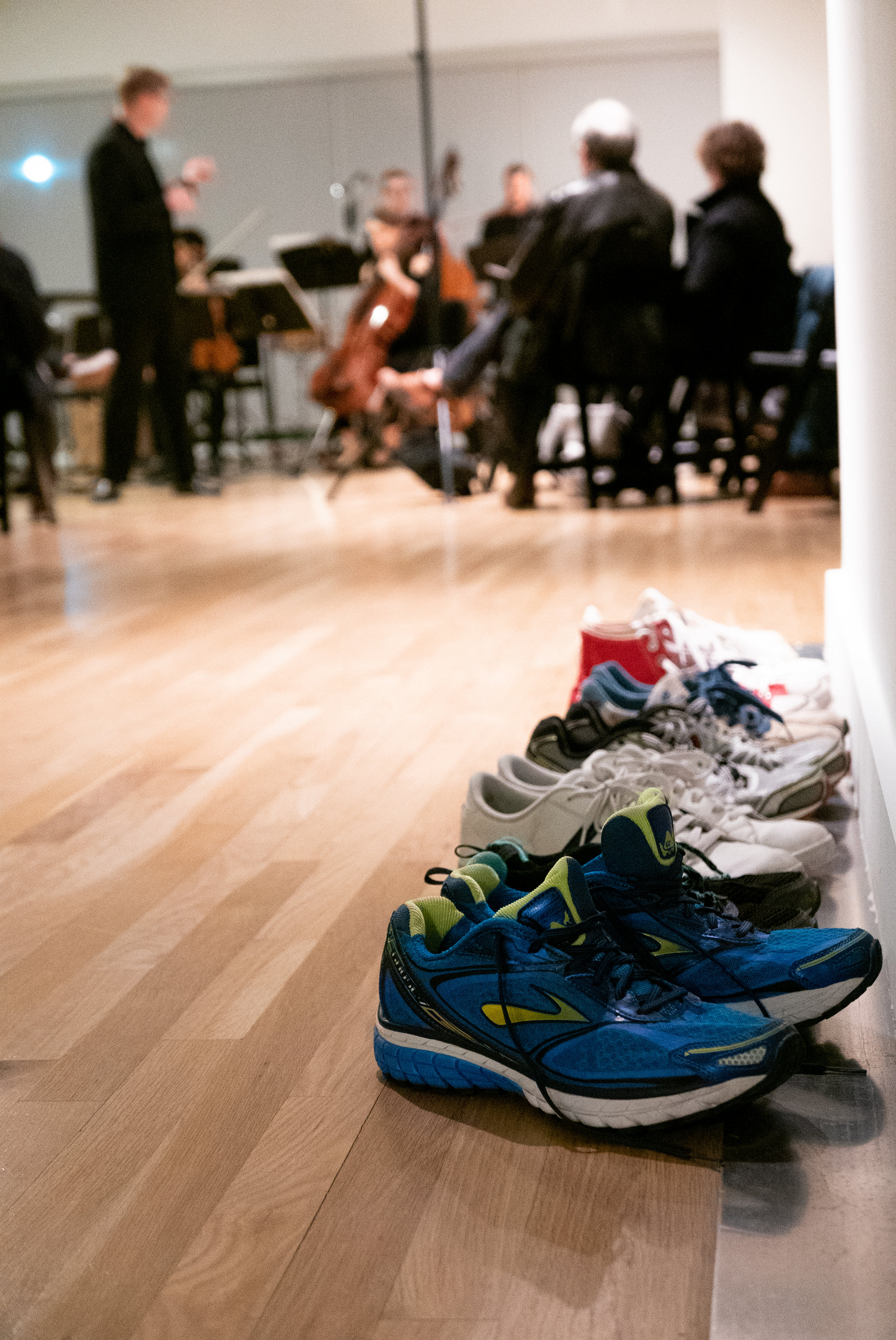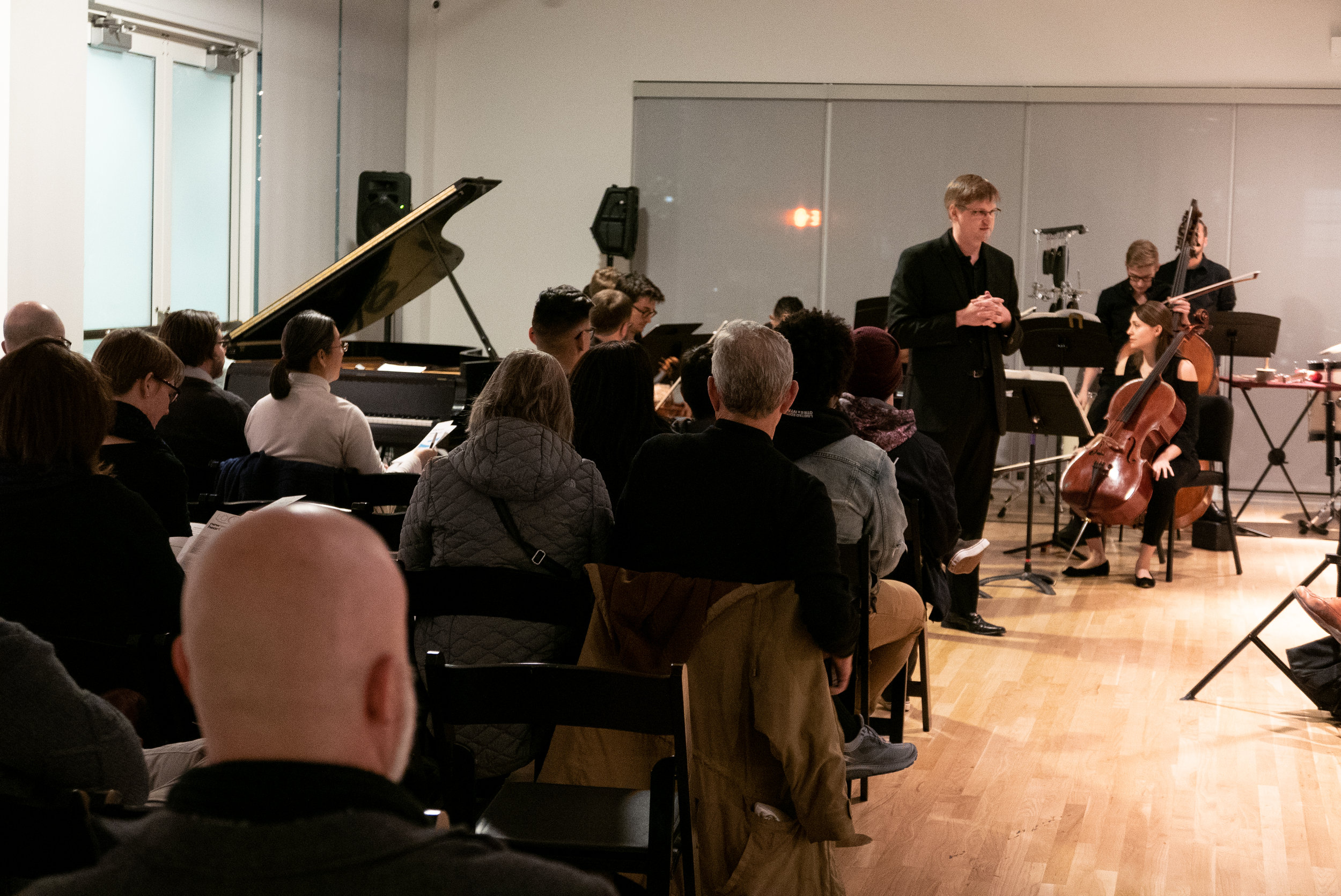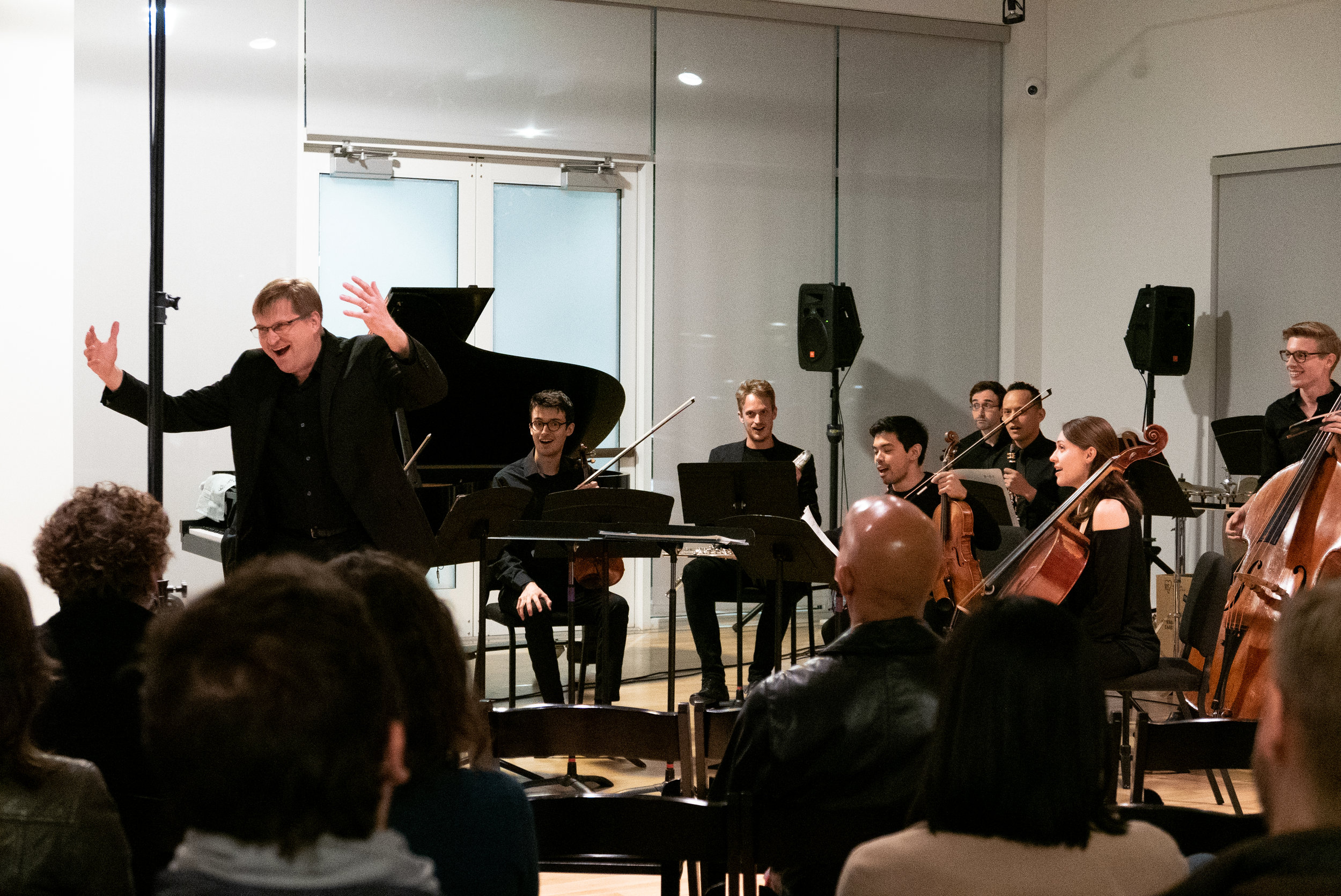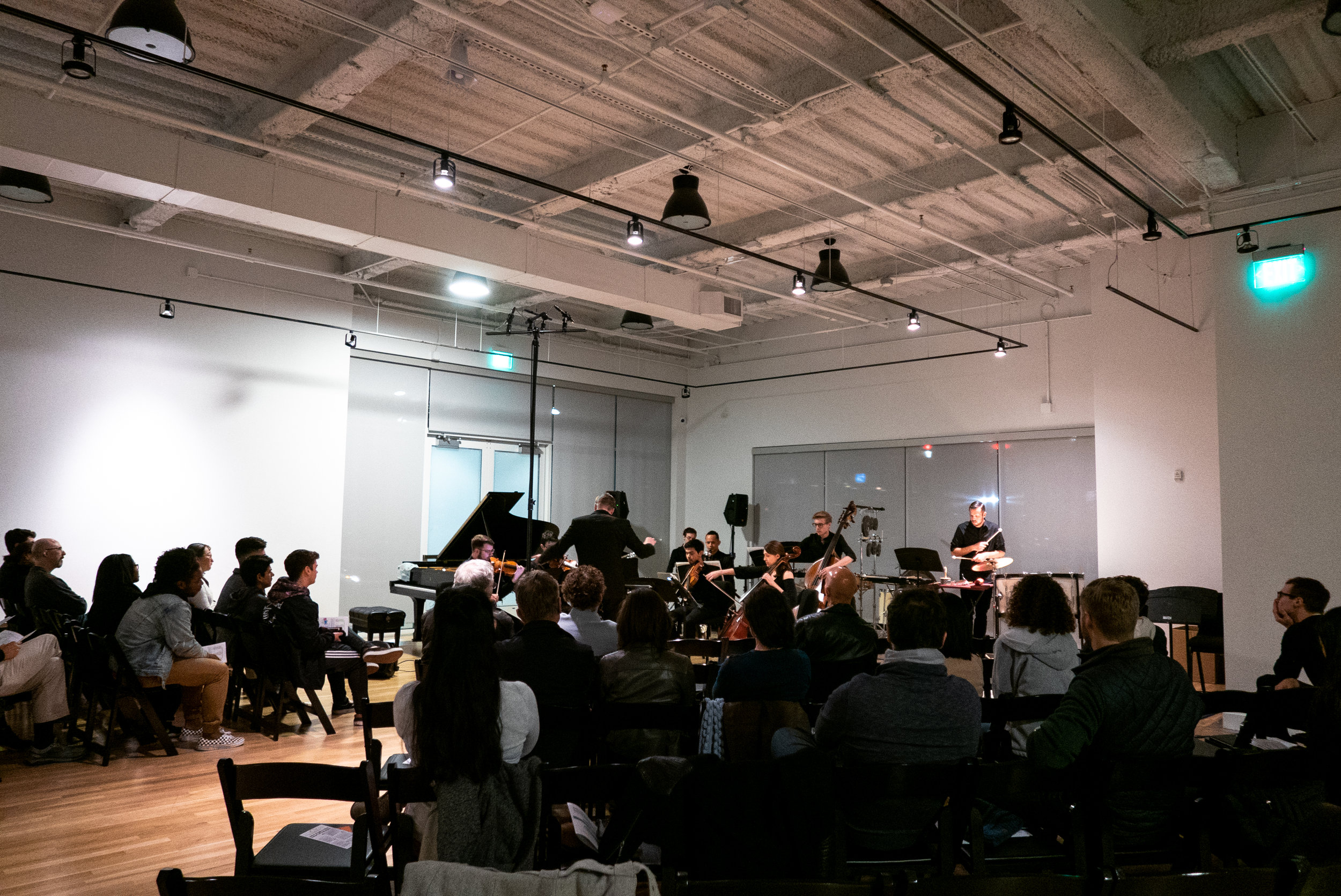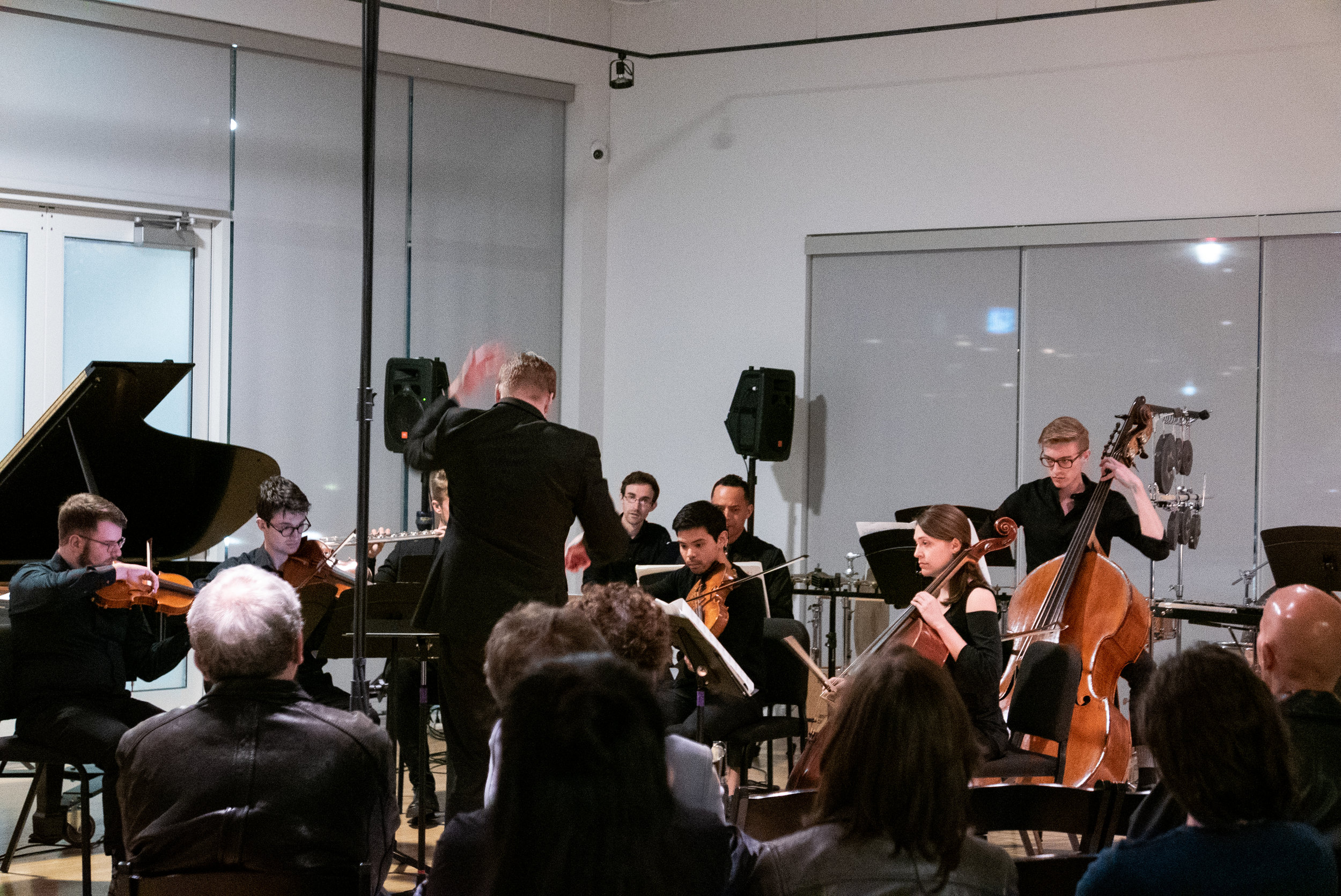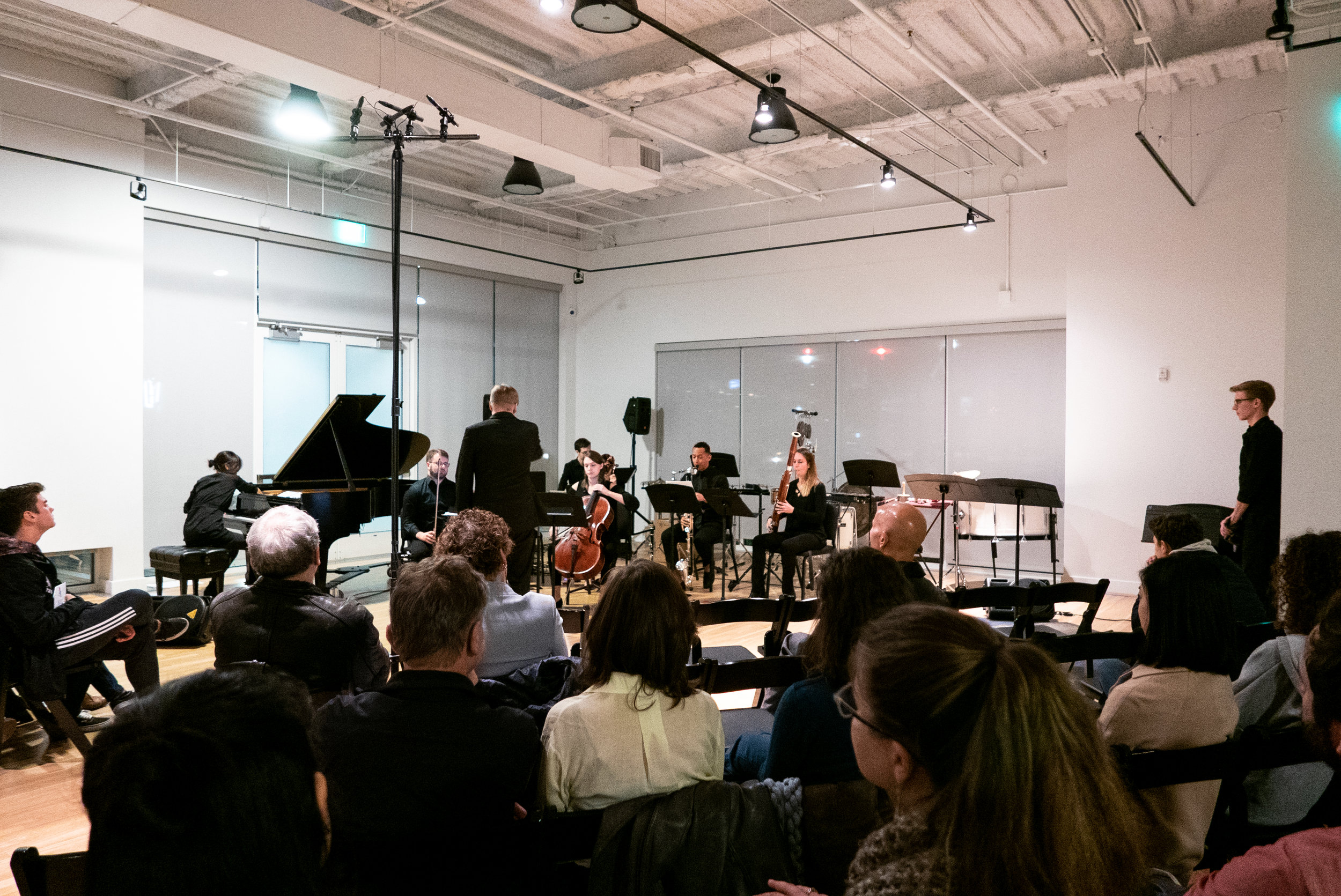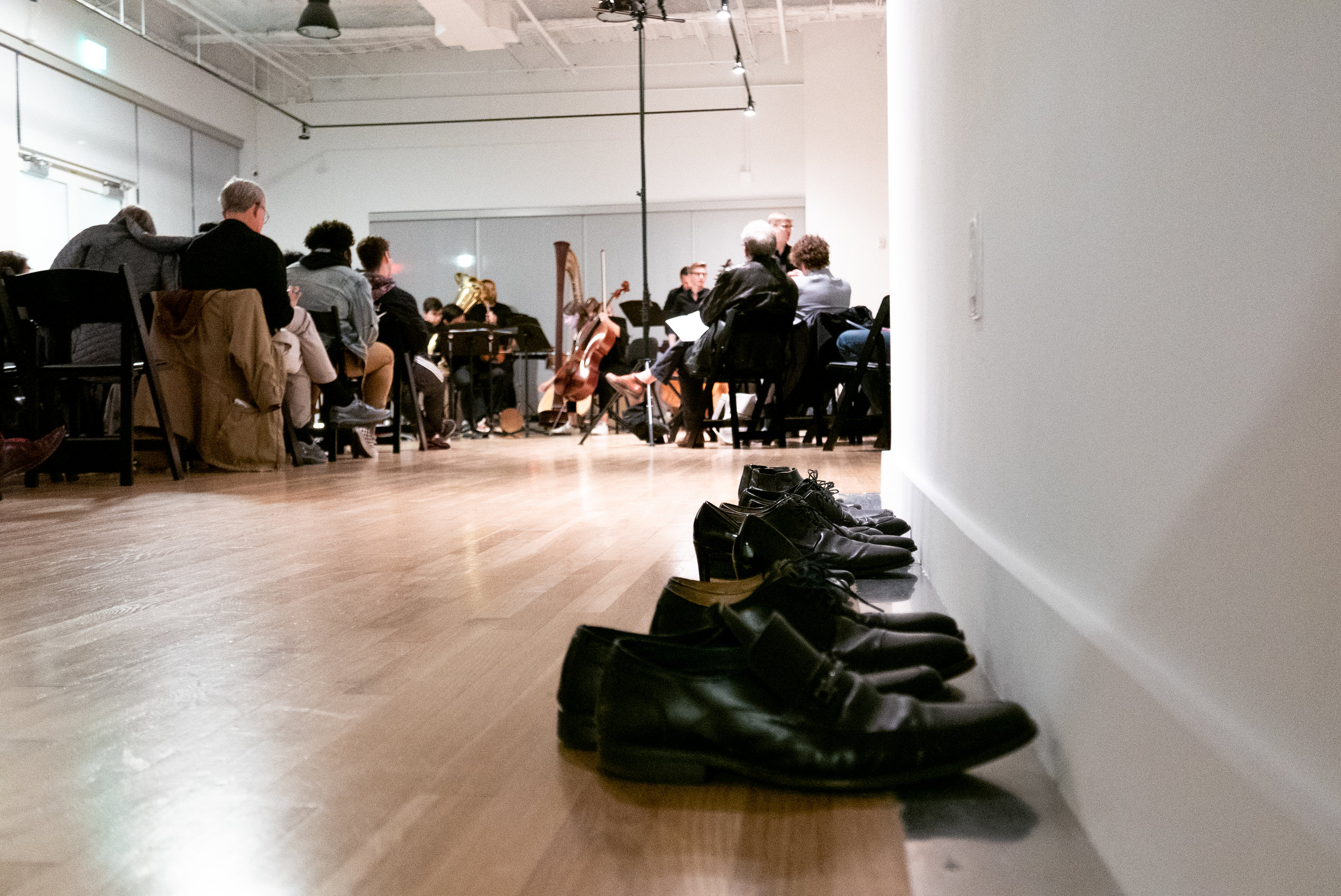On January 15, 1919 Polish Jewish socialist Rosa Luxemburg was beaten and murdered in Berlin by members of the nationalist German Free Corps. The murder of Luxemburg and German socialist leader Karl Liebknecht in that winter night was one of the most significant political murders of the twentieth century.
Rosa Luxemburg was born in 1871 to middle-class Jewish parents in Tsarist Poland. At a young age, she suffered from a hip displacement that caused a permanent limp that left her vulnerable to ridicule and exclusion. Recognized as a gifted student and intellectual, Rosa joined the left-wing Proletariat Party in Poland at age 15 and completed her Gymnasium diploma in 1887. She fled Poland to escape detention at age 18, pursuing university study in Zurich, where she studied history, philosophy, and government. She completed a doctorate in 1897 in law and political economy with a dissertation on the Polish industrial economy and promptly became an activist in the international Socialist movement. As one of the rare women, Jews, and emigres with a doctoral degree, Rosa Luxemburg was also unusually transnational in her interests and linguistic capacities in Polish, Russian, German and Hebrew. An avowed anti-nationalist during an age of fierce nationalism and imperial competition, Luxemburg took up residence in Berlin, finally acquiring German citizenship through an abbreviated marriage to the son of a family friend.
After taking up residence in Berlin in 1898, Rosa Luxemburg went on to publish some of her hallmark works on the accumulation of capital, on social reform and revolution, on the Russian revolution of 1905, and on the rising danger of war. She disavowed all forms of nationalism and conceived of socialism as inherently international and capable of dissolving national fissions. Rosa Luxemburg’s intellectual home was the German Social Democratic Party, where she honed her theoretical critiques of reformism while building friendships that would sustain her through her wartime imprisonment as an uncompromising opponent of imperialist and nationalist war. Active in the European socialist movement, the German Social Democratic party’s vote in favor of war credits in 1914 -- based on its presumptive “defense of the fatherland” against tsarist aggression – fueled some of Rosa Luxemburg’s most fiercely critical repudiations of reformist socialism. She and Liebknecht founded the anti-war group, Die Internationale, in 1914, which was renamed the Spartacus League in 1916 and the Independent Socialist Party in 1917. Luxemburg was imprisoned in June 1916 until the war ended: her prison letters and writings reflected on the crisis of Social Democracy and after the Russian Revolution turned to critical engagement with the Bolshevik Revolution.
Freed from prison the day before the revolution of November 9th, Luxemburg and Liebknecht founded the Spartacus League, which in December 1918 would be renamed the Communist Party (KPD). Liebknecht declared Germany a socialist republic on November 9th from a balcony in Berlin, while Majority Social Democrats sought to quell the revolutionary soldiers’ and workers’ councils and restore order in Germany. Although Rosa Luxemburg recognized that the “masses” were not yet ready for a mass strike or revolution, she firmly believed that democratic elections would not bring about the revolutionary transformation of social and economic relations she had long envisioned. In the last days of 1918, Luxemburg and Liebknecht supported the Spartacus uprising in Berlin that sought to seize power from liberals and majority Social Democrats.
On the night of January 15, 1919, Karl Liebknecht was arrested in an apartment in which he had gone into hiding after the uprising. The son of Wilhelm Liebknecht, one of the founding fathers of German Social Democracy, Liebknecht was taken to the zoological garden in Berlin and shot in the back as he exited the assassins’ vehicle. His body was delivered to the police post in Berlin, where he was quickly identified. We might understand this as a neat and clean masculine murder—of a German son of a socialist icon. Rosa Luxemburg, by contrast, sat quietly at a desk in the Eden Hotel in Berlin, awaiting her arrest. When the Freikorps unit arrived, she voluntarily left her quarters and accompanied them through the lobby of the hotel, where she was publicly beaten, as her murderers cursed her as a Jew and a Pole, scorning her for her limp. Significantly, witnesses reported later that one of her shoes flew off during this assault, remaining behind in the lobby as one of the items that would later mark her disappearance. Luxemburg was subjected to a beating by rifle butts in the back of her attackers’ car before she was shot. In the eerie silence of that Berlin night, the car came to a halt and the murderers threw her crumpled body over the bridge into the Landwehr canal. Rosa Luxemburg disappeared that night in Berlin. During those months between January and May 1919, the lost body of Rosa Luxemburg haunted the founding of Germany’s first democracy. Although Luxemburg disavowed all particularities of women's politics (or bodies), her mutilated corpse, found five months after her murder at the bottom of the Landwehr canal in Berlin, left an explicitly gendered legacy for the political culture of the labor movement during the Weimar Republic.
The murder of Rosa Luxemburg and Karl Liebknecht marks one of the definitive events of the German revolution of November 1918, in which the popular mobilization of German soldiers and sailors, workers, women and youth for peace, bread and democracy both ended the catastrophic war and cleared the way for the founding of Germany’s first democracy in February 1919. The murder of Rosa and Karl, the topic of ballads, novels, and numerous works of visual art by leading artists, tacitly approved by their own former Socialist comrades, but carried out by demobilized nationalists determined to destroy revolution and democracy, left the Weimar Republic with a lasting “hole in its heart.” This wound by which Social Democrats, seeking to restore order amidst revolutionary upheaval, allied with violent nationalists and militarists against Luxemburg and Liebknecht’s embrace of the mass uprising, left them enemies rather than allies in the face of rising Nazism between 1929-33. Although the two Left parties -- German Social Democrats and Communists – had wider support and more votes than the Nazis through the elections of fall 1930, they regarded each other as more dangerous enemies than the Nazis.
In these times we might recall the words of Rosa Luxemburg on the meaning of the term “freedom” from her reflections on the Russian Revolution of 1917. The notion of freedom is, of course, deeply questioned in present-day Europe and North America:
Freedom only for supporters of the government, only for the members of one party – however numerous they may be – is no freedom at all. Freedom is always and exclusively freedom for the one who thinks differently. Not because of any fanatical concept of ‘justice,’ but because all that is instructive, wholesome and purifying in political freedom depends on this essential characteristic, and its effectiveness vanishes when ‘freedom’ becomes a special privilege.
- Kathleen Canning





